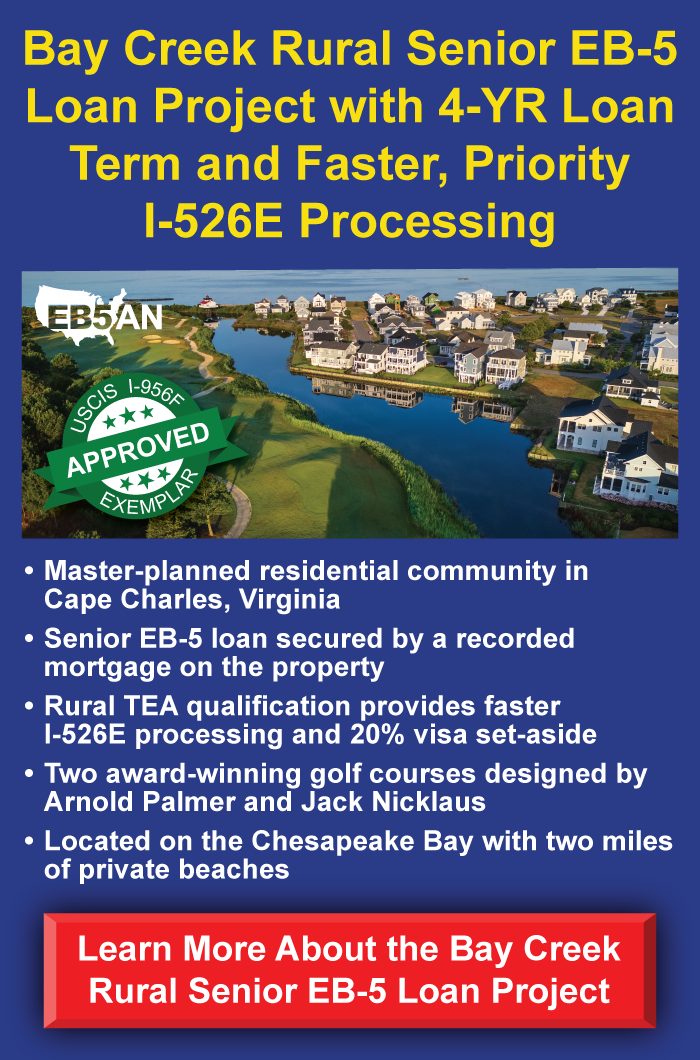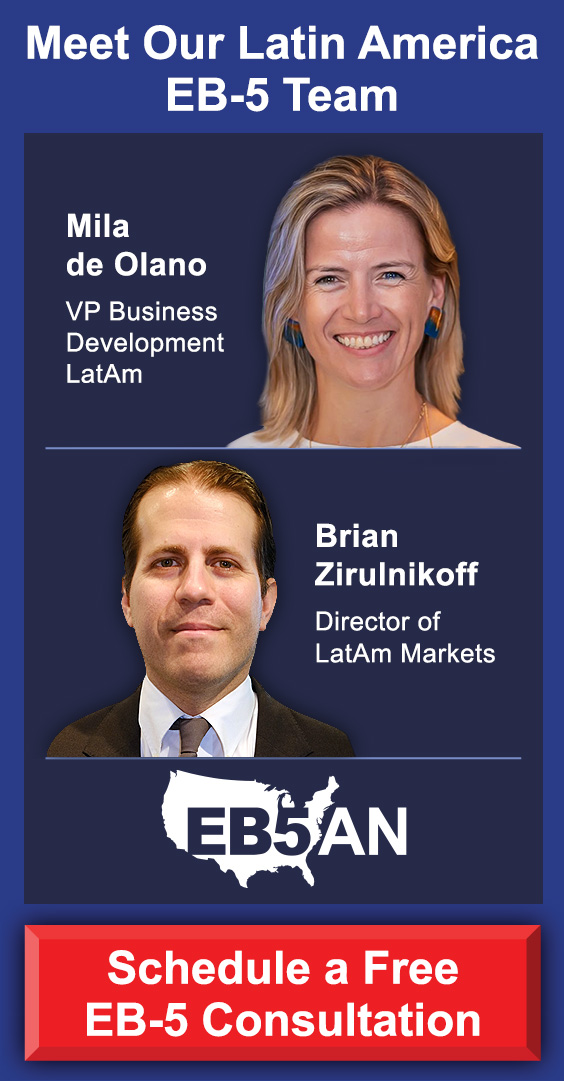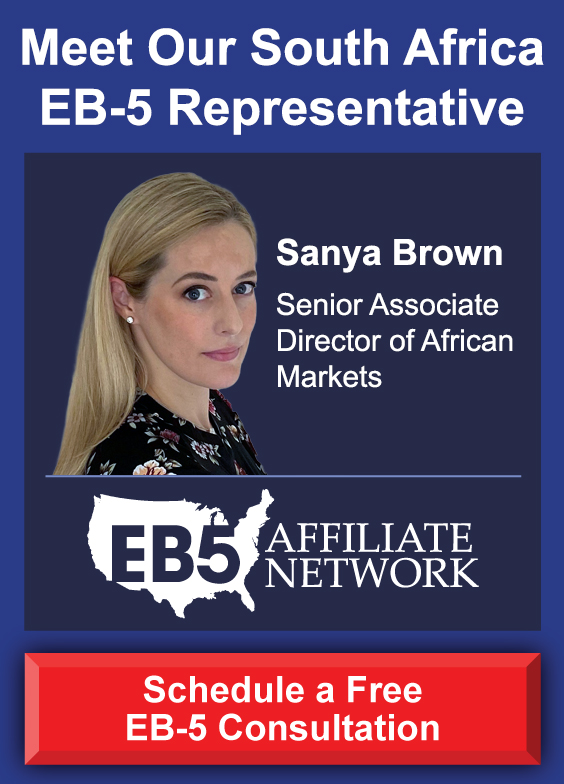The EB-5 Immigrant Investor Program offers foreign nationals the opportunity to obtain U.S. permanent residency by making a qualifying investment in a U.S.-based new commercial enterprise. However, like any visa application, the process is complex, and it’s essential to submit a complete, well-documented application to avoid delays or denials. One of the most common issues that can arise is a Request for Evidence (RFE), where U.S. Citizenship and Immigration Services (USCIS) asks for additional information or clarification on your application.
An RFE is not a denial—it simply means USCIS needs more information before making a decision. This is different from a Notice of Intent to Deny (NOID), which typically signals more serious concerns that may require a stronger legal response.
In this article, we will focus on the best practices to avoid an RFE for your EB-5 application, especially regarding the critical aspect of documenting your source and path of funds. This is a key part of the process, as USCIS needs to ensure that the funds you are investing in the EB-5 project come from lawful sources. Here’s how to prepare a complete and thorough application that minimizes the risk of an RFE.
Understand the Importance of Documenting Your Source of Funds
Ensure All Documents Are Translated Into English
Organize Your Documents in a Logical and Easy-to-Follow Manner
Double-Check for Simple Errors and Inconsistencies
Demonstrate the Legality of Your Funds
Choose the Right EB-5 Project
Seek Expert Assistance
EB5AN Can Help You Avoid an RFE on Your EB-5 Application
Understand the Importance of Documenting Your Source of Funds
One of the most frequent reasons for an RFE in EB-5 applications is insufficient or unclear documentation of the source of funds. The U.S. government needs to ensure that the money you are investing was obtained legally, and they require detailed evidence to support this.
A source of funds report is essentially a detailed history of how the funds used for your investment were accumulated. This can include the sale of assets, business income, investments, loans, or even gifts. Every step of your financial journey should be accounted for, with clear evidence for each transaction.
While source of funds documentation is the most frequent cause of RFEs, it’s not the only one. USCIS may also issue an RFE if there are concerns about the job creation timeline, the credibility of the business plan, or the investor’s eligibility—such as legal status or previous visa violations. Addressing each aspect of the application with the same level of care can help you avoid unexpected delays.
Ensure All Documents Are Translated Into English
For non-native speakers, one critical step is ensuring that all documents are translated into English. USCIS requires that all documents submitted in a foreign language must have a certified English translation. This includes financial statements, contracts, and any other documents related to your source of funds.
The translation must be accurate and complete, and the translator must certify that they are competent to translate the document and that the translation is a true and accurate representation of the original document. Failing to provide correct translations can result in delays and possibly an RFE.
Organize Your Documents in a Logical and Easy-to-Follow Manner
A disorganized submission can confuse the USCIS officer reviewing your case. It’s essential to organize your documents in a way that clearly outlines the journey of your funds, from their source to their investment in the EB-5 project. Consider providing the following:
A Cover Letter
This outlines the overall source and path of funds, including a timeline of how the funds were acquired and transferred.
Exhibits
These should support your claims, such as business financials, contracts, sale agreements, bank statements, tax returns, and any other relevant documents.
Double-Check for Simple Errors and Inconsistencies
One of the most common mistakes that lead to an RFE is simple errors or inconsistencies in the financial data. For instance, a common issue is failing to reconcile the total amount of money you invested with the source of funds documentation. If there are discrepancies or errors in arithmetic, it can lead USCIS to question your application’s accuracy.
Be diligent when reviewing all your financial documents. Verify that all numbers add up correctly and that the amounts match between your cover letter, exhibits, and supporting documents. If you have any doubts about the accuracy of your documents, consider working with EB-5 experts to review everything before submission.
Demonstrate the Legality of Your Funds
USCIS needs to be confident that the funds you are investing are from a lawful source. This means you must be able to clearly demonstrate the legitimacy of your income, savings, or assets. If you are using business profits, show your tax returns and business financial records to prove the income was legally generated. If your funds come from a gift or loan, provide the appropriate documentation to verify the source and legality of the gift or loan.
For example, if you are funding your investment through a loan, you need to provide:
- A loan agreement showing the terms and conditions of the loan.
- Bank statements showing the transfer of loan funds into your account.
- Documentation demonstrating that the loan itself was lawful and not obtained from an illegal source.
Or, if you are claiming that your investment comes from the sale of a business, you should include the sale agreement, bank statements showing the transfer of funds, and evidence that the sale was legitimate. This will help USCIS verify that the funds are indeed lawful and that the amounts align with the figures mentioned in your application.
Choose the Right EB-5 Project
Selecting a strong, well-prepared EB-5 project from the beginning can significantly reduce the chances of receiving an RFE. Projects with clear job creation plans, credible financials, and a proven track record are more likely to meet USCIS requirements without raising red flags. When the project documentation is thorough and aligns with EB-5 regulations, it takes pressure off the investor to fill in gaps or clarify issues later in the process.
Choosing the direct EB-5 route may also carry a higher risk of receiving an RFE. Since investors are responsible for running the business themselves, they must provide extensive documentation on how the business will operate, how jobs will be created, and how the enterprise fits into the local market. USCIS often asks for detailed evidence such as competitor research, industry benchmarks for investment levels, and localized market data—requirements that can be especially difficult to meet for smaller or privately owned businesses.
Seek Expert Assistance
If you find the documentation process overwhelming, or if you are unsure whether your documents will meet USCIS’s strict requirements, consider seeking expert assistance. An immigration attorney with experience in the EB-5 process can guide you through the application process, help ensure that your documentation is comprehensive, and review your submission to avoid potential issues.
Additionally, working with professionals who specialize in the EB-5 program can help you compile the necessary evidence and avoid common pitfalls.
EB5AN Can Help You Avoid an RFE on Your EB-5 Application
Avoiding an RFE in your EB-5 application largely depends on the thoroughness and clarity of your source of funds documentation. Make sure that all the numbers and documents match, that the path of your funds is clearly explained, and that everything is translated into English and properly certified. By taking a careful, systematic approach and ensuring that all of your evidence is well-organized and accurate, you will reduce the chances of receiving an RFE and increase the likelihood of a successful EB-5 application.
With over a decade of experience, EB5AN has helped more than 2,700 families from 70+ countries relocate to the United States as lawful permanent residents. We offer clients first-rate, low-risk EB-5 regional center projects with a 100% USCIS project approval rate.
If you would like to know more about how to avoid RFEs and get a Green Card fast, book a free call with our expert team today.











